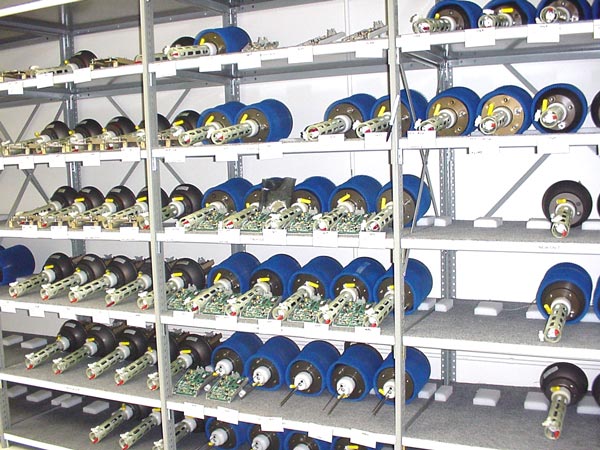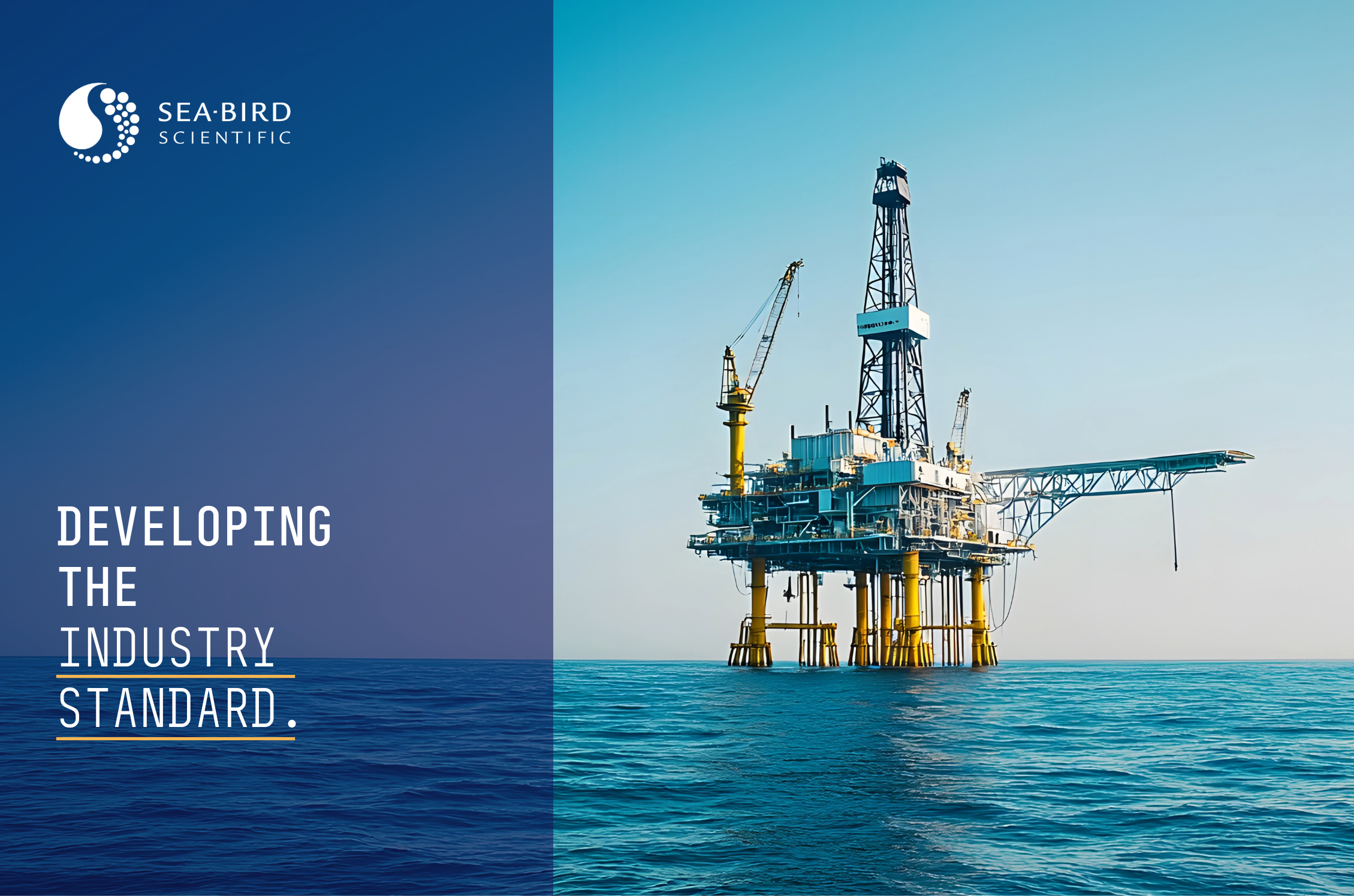History of the Argo CTD
Did you know that the first profiling floats lacked CTDs? Before Argo, ALACE floats (Autonomous Lagrangian Circulation Explorer) dutifully traced ocean currents: they sank, drifted, rose, then pinged a satellite with their new location. These provided undeniably useful data, but without a CTD they were naïve to the changing temperature and salinity that they travelled through. Enter the PALACE floats (Profiling ALACE), which hosted an early CTD designed for ALACE floats.
This design was revolutionary – suddenly ALACE profilers could catalogue currents and conduct autonomous CTD profiles on their ascent. But, as is common with early designs, this early CTD struggled to meet the data quality that traditional shipboard CTDs were reaching. Salinity in particular was subject to fouling and drifted quickly. It wasn’t until 1997 that Sea-Bird Scientific developed the first SBE 41 Argo CTD for PALACE floats. This CTD added pumped flow and anti-fouling protection, and was designed for accuracy and stability to meet a 3-5 year deployment. Above all, the goal was to collect scientifically-defensible data throughout the lifespan of the float. Due in part to this CTD’s success, the Argo program was launched shortly after. The goal: 3000 floats in the water across the globe.

Argo CTDs at various stages of production and calibration at Sea-Bird Scientific
At the time of this writing, over 3900 floats are dispersed across Earth’s oceans. In the years since the PALACE floats, the humble SBE 41 has undergone rigorous testing, including routine calibration over 5+ years and and experimentation with freezing temperatures. The hardware itself has changed, too; as the Argo program encompasses float designs made by many different manufacturers, the SBE 41 CTD has several different flavors to accommodate diverse floats bodies, while new models integrated biogeochemical sensors. Today, Sea-Bird Scientific manufactures approximately 1000 SBE 41/41CP CTDs per year, supplying more than 90% of the annual Argo program requirement as well as a growing market in non-Argo float applications.
Related Posts
Featured Posts
Oceanology International 2024
We hope to see you at #Oi24 We are excited to return to Oceanology International 2024 again in London, UK from March 12-14. Overview Oceanology International brings together 500+ exhibitors in the only event that links the three key players in the industry:...
Ocean Sciences Meeting 2024
We hope to see you at #OSM24 We are excited to return to Ocean Sciences Meeting 2024 in New Orleans, Louisiana from February 18-23 at booth number #527. Overview The Ocean Sciences Meeting 2024 is co-sponsored by the American Geophysical Union, the Association for the...
Pride 2023
Celebrating and honoring our LGBTQIA+ communities At Sea-Bird Scientific, we are proud to stand with members of the LGBTQIA+ community during Pride Month 2023. As with last year, we changed our logo on social media to feature a rainbow throughout the month of June in...
Science and Technology
Platform


